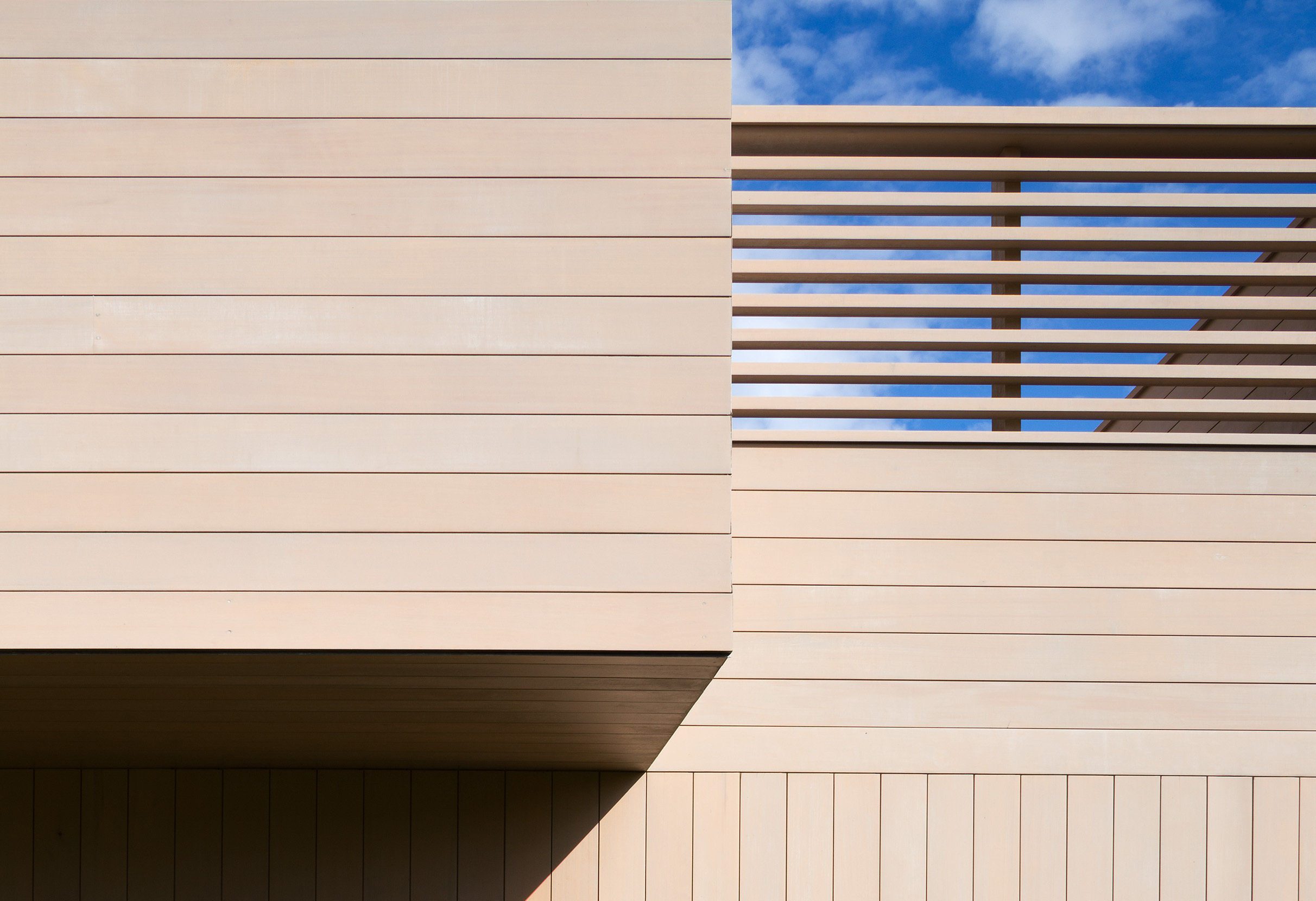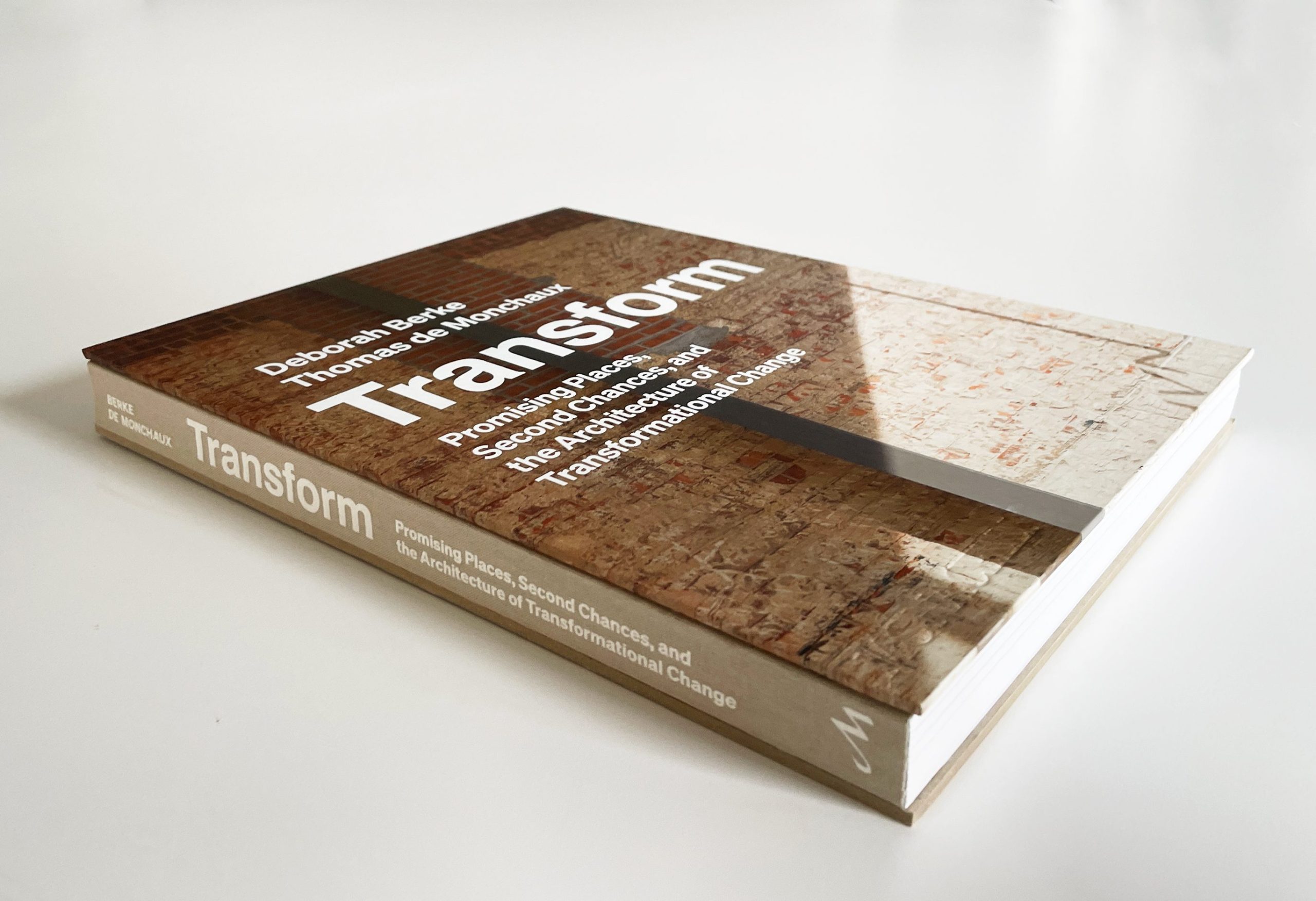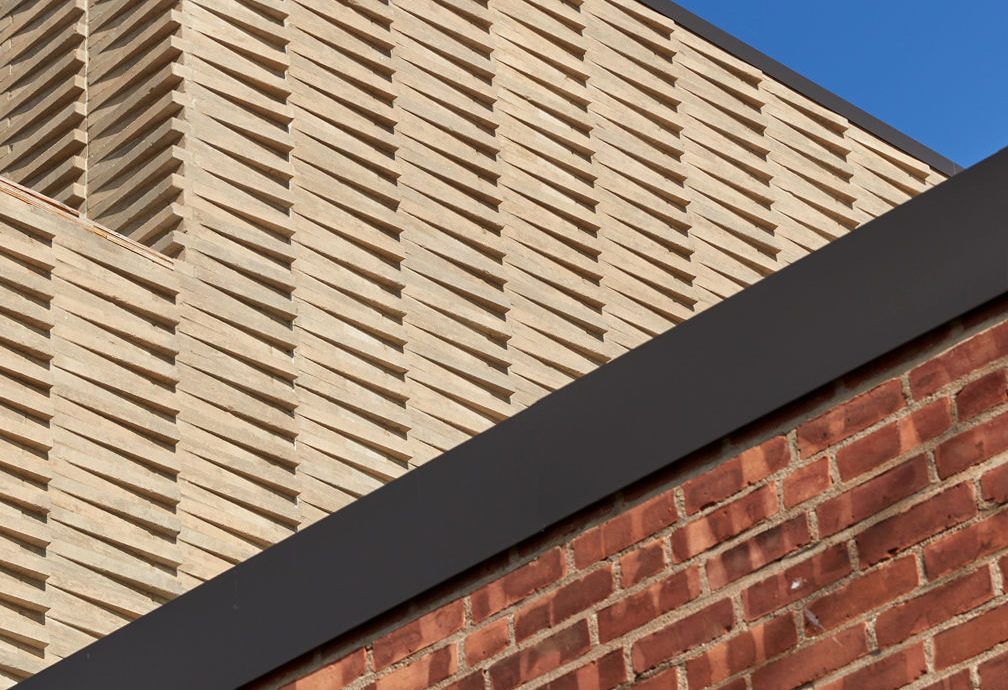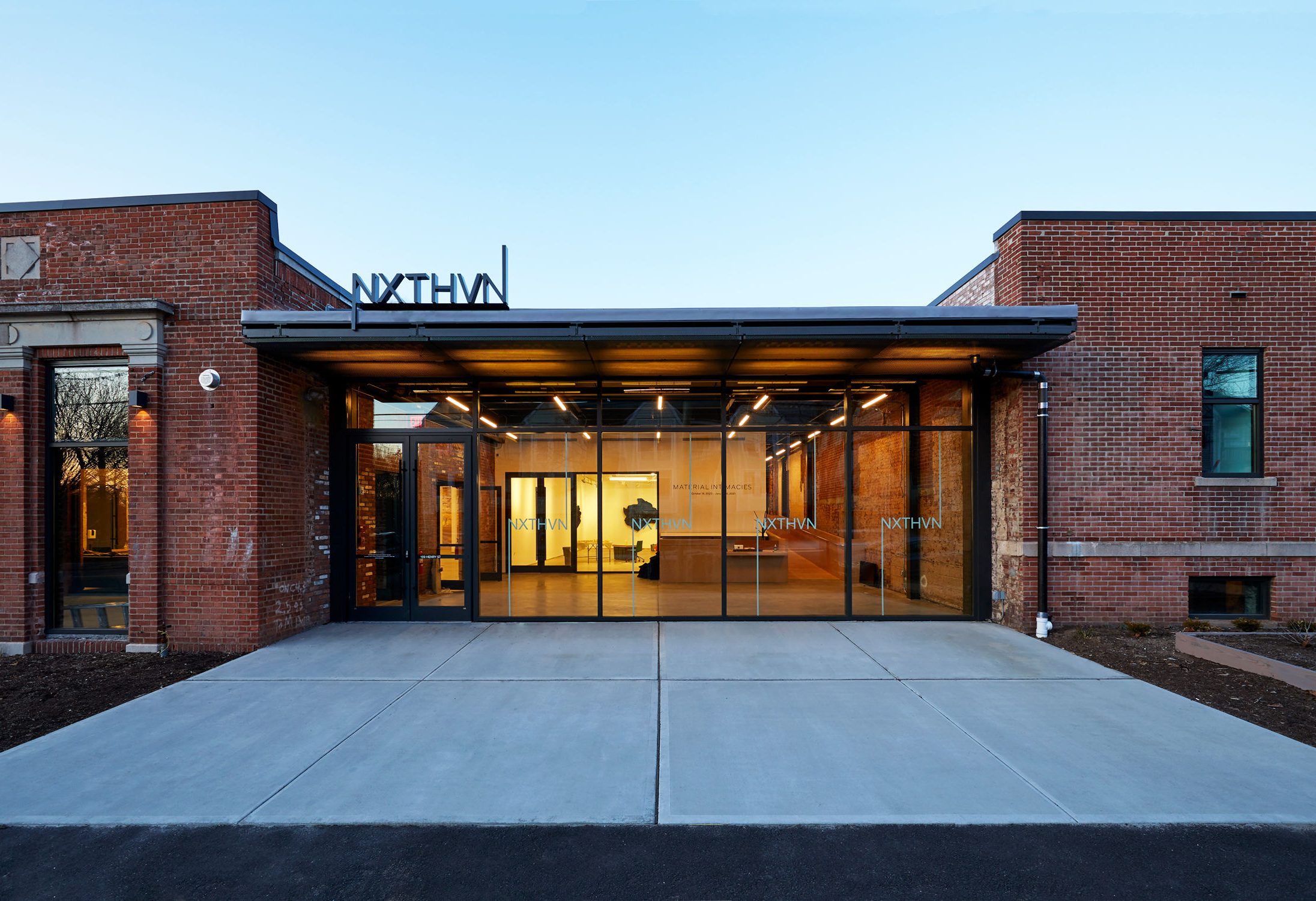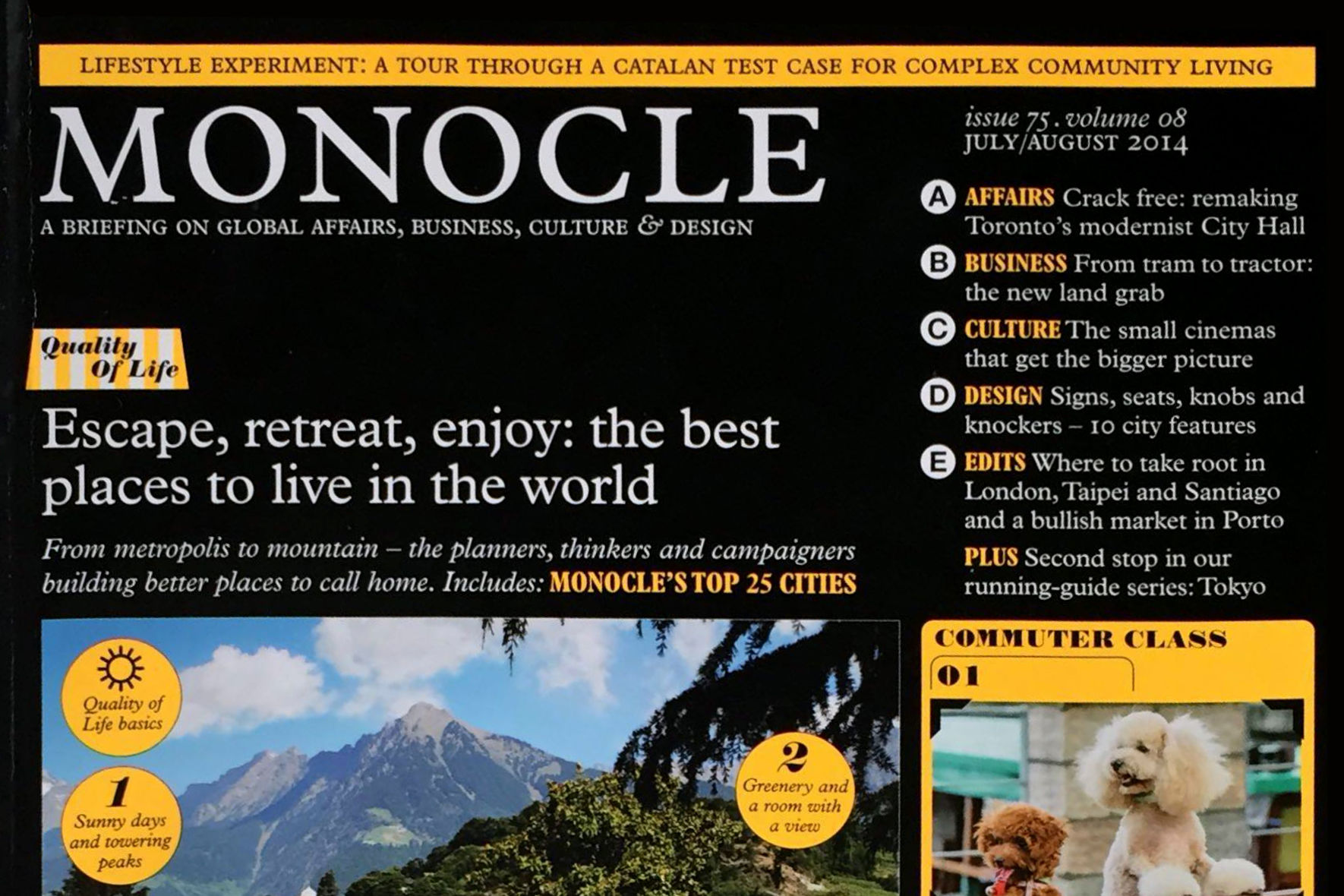
On Top of the World: Skyscraper Living
“Though New York was a desolate and lonely place in 1976 when Kurt Vonnegut wrote Slapstick, his description of it – “Skyscraper National Park” – rings even more true now. Today, New York is a ravishingly alive and electric place. A stunning park full of beautiful and wondrous things.
Part of the magic of New York has always been its tall buildings. We didn’t have the first skyscraper and by century’s end we might not have the most but we are the world’s ultimate skyscraper city. In the late 19th century the physical limits of the island of Manhattan had already shaped buildings vertically since they couldn’t grow horizontally. And at various times in the 20th century, eight different New York towers hold the title of the world’s tallest building. But those spires were for offices, not for living. Sixty, 70, 80 storeys or more – these were the homes of successful, proud, booming businesses. Fine residences started to be built in taller buildings yet the classic grand apartment houses of the pre-war 20th century were 15, 18, or maybe 25 storeys tall.
But more recently the appeal of living high in the sky has become the must-do, must-have urban residential choice. It is happening around the world, in South Korea, Hong Kong, and throughout the UAE. All these buildings share an appeal: you wake up in the morning and you have the sky, the air and the staggering distances visible while still in your pyjamas. It is mesmerizing and addictive.
And in New York it is even better. Perhaps because the geography of Manhattan offers such clear, distinguishable views – from 432 Park Avenue [the Rafal Vinoly-designed tower, the interiors of which Berke designed] the view north is Central Park and the view south is the Empire State Building and the tower of Wall Street. There’s a wide river to the west and in the distance the hills of the countryside; another river, thinner, to the east, contains a Manhattan-shaped island within itself. The grid of the streets reinforces the geography and it is all so captivatingly present. You lose the immediate presence of Tarmac but you have a constantly active, foregrounded view of other skyscrapers.
Living in a skyscraper not only changes the life of those high up but also the life of those on the street. One can bemoan the shadows and the breezes but skyscraper life brings density and life to the city. It doesn’t so much change a city’s personality as it does fully enhance it.”
—Deborah Berke
Originally published in Monocle Magazine, July/August 2014, issue 75 volume 08.

